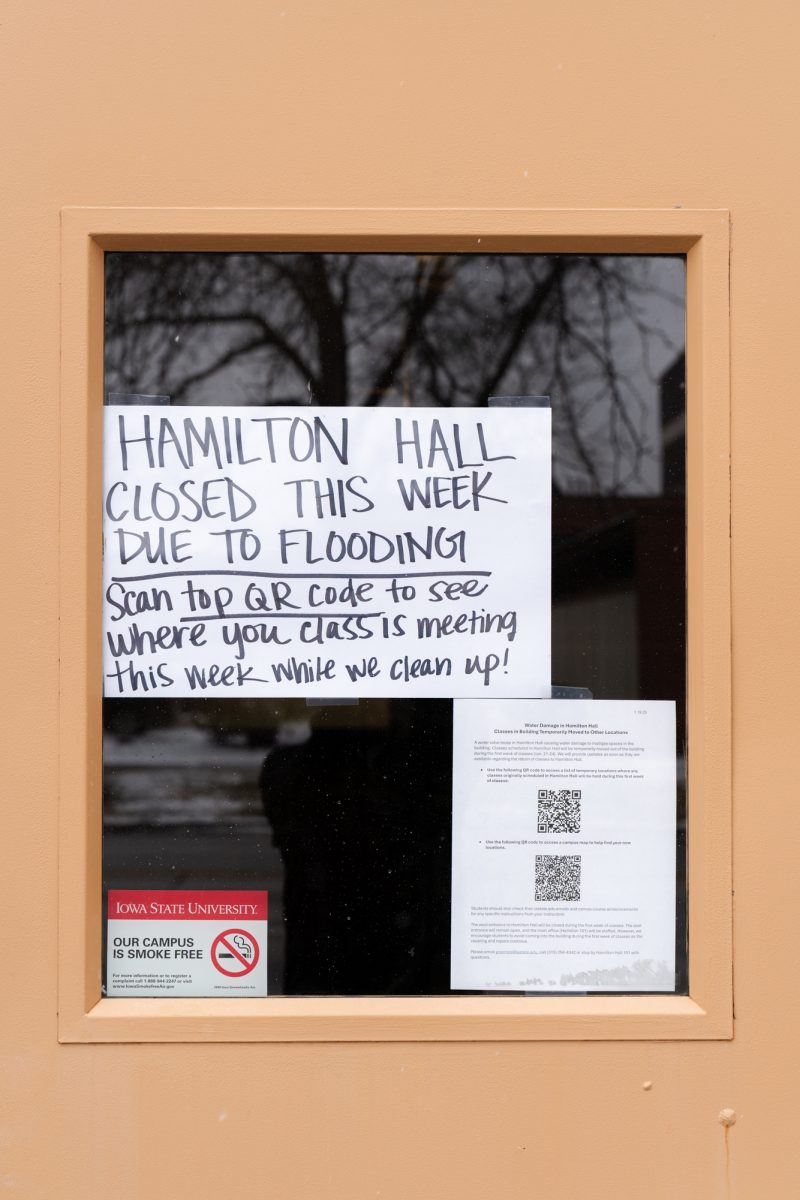Success of stable-tuition plan relies on support in state’s budget
August 21, 2005
Predictable tuition increases and competitive faculty salaries for the next fiscal year have been addressed in a new policy adopted by the Board of Regents and state legislators.
Its success in future years, however, depends heavily on its continued support in the state budget.
The Regent Partnership Plan for Transformation and Excellence established a $40 million increase in state appropriations combined with $20 million in university budget reallocations during each of the next four fiscal years.
ISU President Gregory Geoffroy said approximately $15 million of state funding the Board received was recurring funds, while the remainder is one-time funding — allocated for recurring expenses — that will require reallocation next year.
“Any time you have items budgeted on funds that are there for only one year, but you know next year you are going to have to pay for them, you have got to figure out where the money is going to come from,” Geoffroy said. “We were very, very grateful for the money we received, but the way it came has created some internal budget challenges.”
Barb Boose, Board of Regents communications officer, said the plan would provide three to five percent annual tuition increases, increased faculty salaries, enhanced academics and improved economic impact of the Regents universities.
A mid-year tuition hike was avoided and the first year of the plan was successful thanks to last-minute funds allocated by Gov. Tom Vilsack, said Michael Gartner, president of the Regents.
Future funding, however, will depend on improved performance by Regents universities and commitment by state legislators.
“This first year was based on a promise, but the future will be based on performance,” Gartner said.
Although the plan has the potential to stabilize the funding of the Regents universities, its promises will be realized only if state legislators provide adequate funding each year.
“For public universities, it is inevitable that the legislative and executive branch appropriations are going to have to be reassessed every year,” said Greg Nichols, special assistant to the president and former executive director of the Board of Regents. “There’s never an ironclad guarantee.”
Gartner said funds from the plan will be applied toward each school’s “higher priorities.” Some of Iowa State’s specific priorities include science and math-related coursework, he said.
Although the plan calls for focus on Iowa State’s priority areas, Davenport Regent Amir Arbisser said the value of a well-rounded liberal arts education must not diminish.
“You can be the smartest engineer, scientist or mathematician, but you still have to be able to communicate effectively to succeed,” Arbisser said.
Arbisser said the plan is a short-term solution to a greater long-term problem.
“It is one step in many steps we are pursuing in the educational enterprise,” he said.
In addition to the plan’s guidelines, Arbisser said the consolidation of university public radio stations, re-evaluation of new construction projects and deferred building maintenance are other long-term, cost-reducing measures being implemented.
Warren Madden, vice president of business and finance, said Iowa State received an increase in funding levels for the first time in several years because of the transformation plan.
“The plan is a step in the right direction, although, I don’t know that it will be a solution to all of our funding problems,” Madden said. “The goal is to continue on and use funds wisely.”






